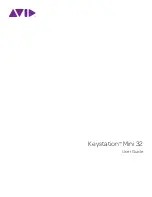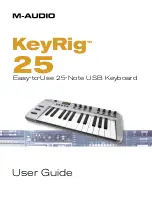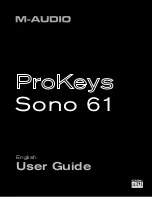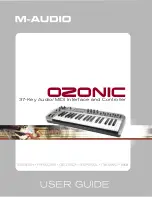
Precautions
Read it carefully before proceeding
●
Only use the supplied power adaptor. Do not use it if it is showing signs of wear and tear or
other damage.
●
Do not disassemble the instrument nor make any changes inside of it. In the case of any
abnormal functions, stop using it immediately. Repairs may only be carried out by the qualified
maintenance personnel.
●
Ensure the unit is turned off before connecting it with other amplifiers or speakers.
●
Don’t leave the volume working in maximum or in a loud stage for a long period of time.
●
Keep the instrument away from any heat sources, which may result in the
damage of the components.
●
Keep the unit away from any liquid or from other particles getting into the instrument, which
may corrode the body or result in short circuit.
●
Unplug the instrument before cleaning it and avoid using wet hands to
plug or unplug it.
●
Clean the instrument with a piece of dry and soft cloth without paint,
alcohol or other chemicals.
●
Turn off and unplug the instrument after performance or if the unit will not be used for a
long period of time.
●
Warning! Please take care with using this unit close to your ears. Do not put your ears
close to the speaker when the keyboard is playing loudly. Exposing your ears to loud sounds
may cause damage to your hearing.
●
The supply terminals are not to be short-circuited.
●
The packaging has to be kept since it contains important information.
Contents
1 I. Panel Control and Outer Jacks
2 II. Preparation for Performance
III. Basic Method of Performance
3 IV Auto-Rhythm
5 V. Auto-Bass Chord
6 VI.Effect Control
7 VII. Record and Playback
8 VIII. Program and Null Play
IX. Intelligent Teaching Function






























